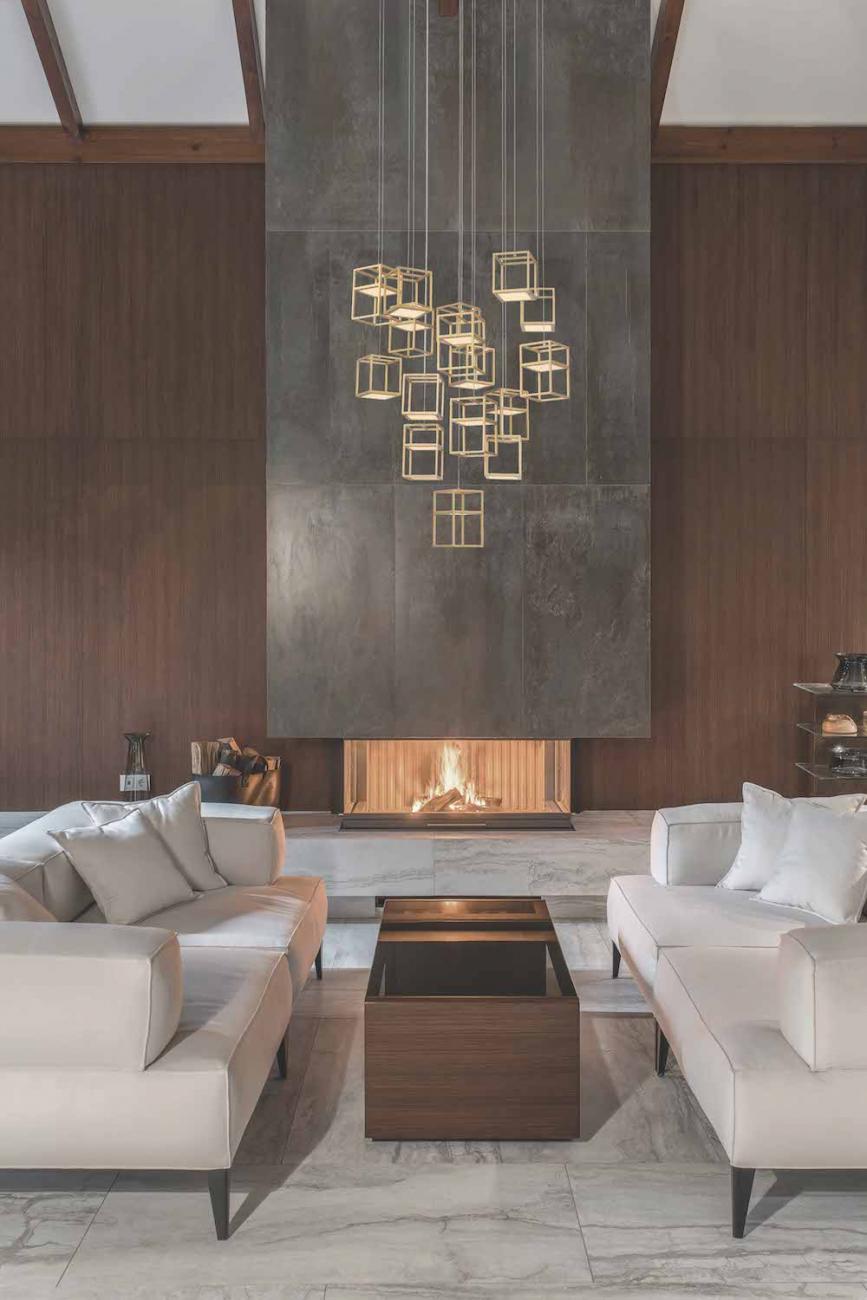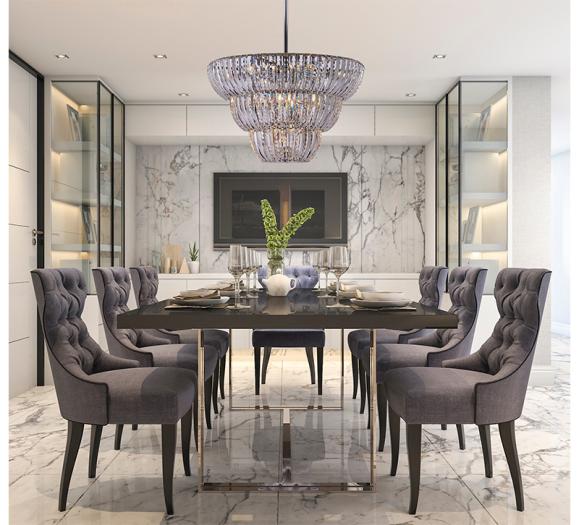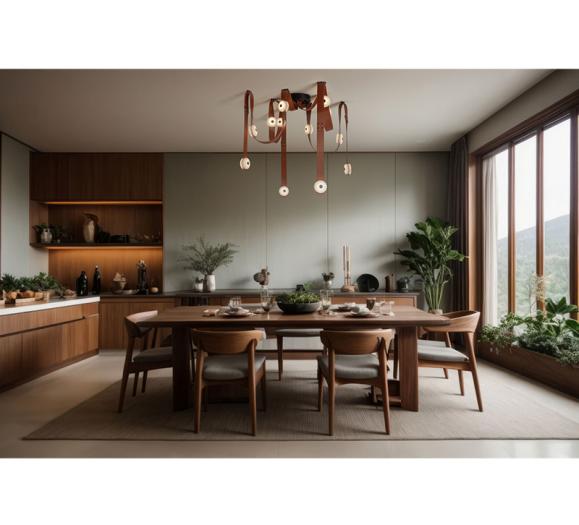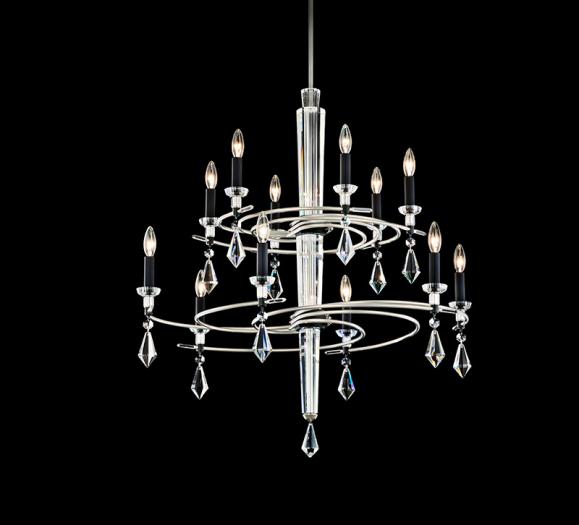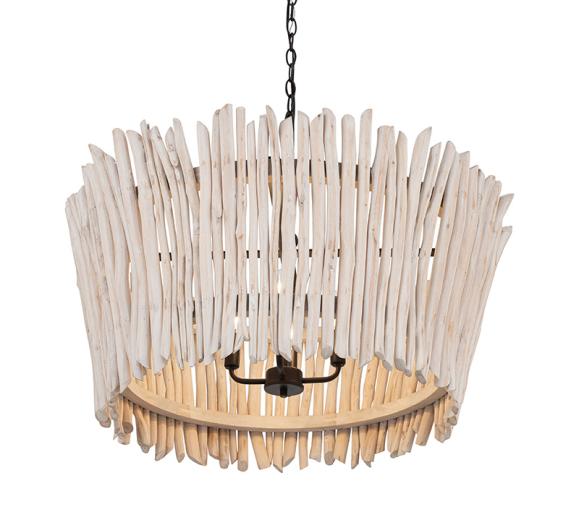Lighting, with all of its finishes and functionality, is often referred to as the “jewelry” of the home. From a grand foyer chandelier to the pendants that adorn a kitchen island, the proper lighting is essential to good home design — from the ability to spotlight a space and create a comfortable environment to the statement that luxuriously designed pieces can bring to a home, showcasing the personality of the people who live there.
Luxury lighting has been equated with grandiosity, opulence, the shimmer of a crystal montage or the finishes that light up a room almost as much as the light itself.
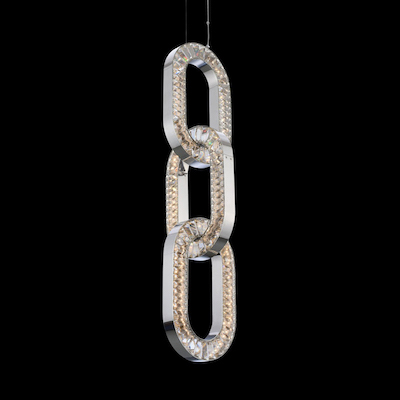
As lighting technology has evolved, however, so has lighting style. Luxury lighting is no longer only about massive fixtures sparkling with light bouncing off faceted crystals, though those still represent luxury too. LED technology, particularly, has changed the way the industry and the consumer look at lighting fixtures, where the light elements continue to get smaller, paving the way for the imagination of lighting designers to create unique and functional art.
According to Tony Zitoli, Eurofase’s Vice President of Sales and Product Development, luxury lighting for today’s consumer has become something more subtle. “Consumers want simplicity with sophistication,” he says. “Lighting is still the jewelry, just cleaner, with less bling.”
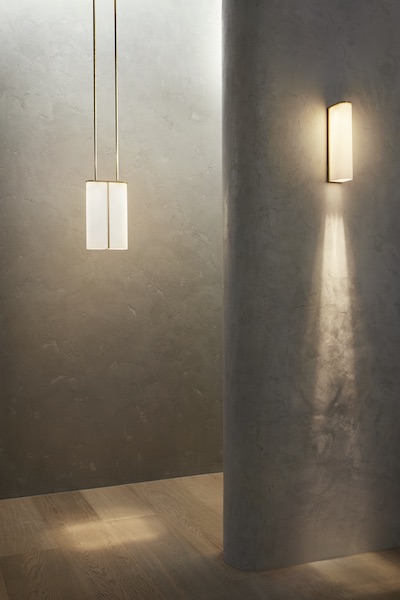
Luxury designs out of Europe and those coming to U.S. markets this season reflect this cleaner, more streamlined approach to luxury lighting. “We saw the trends turn to simplicity and sophistication in Milan last year,” Zitoli notes. “People still want all the bells and whistles, but quieter. Consumers want lighting that blends into a space but still stands out.”

Over at Hudson Valley Lighting Group, where upscale designers such as Martyn Lawrence Bullard and Mark D. Sikes create luxury collections for the lighting manufacturer, the company is seeing a similar shift in today’s consumer lighting preferences. “The high-end market used to focus on the unattainable, lavish, overdone and crazy expensive,” says Creative Director Ben Marshall. “Today the industry is focusing more on feelings and looks. So much of sourcing is searching for a product that achieves your look in design. Interior designers want you to feel driven, peaceful, industrial, Mid-Century coolness, etc. The client now aims for coolness over the grandiose.”
Embracing Technology
A driving factor in the consumer sentiment shift as to what constitutes luxury in lighting design has as much to do with technology as it does with structure and finishes.
LED, as it has evolved into a dimmable source that allows for variants in the light it emits, has been a game changer in fixture design.
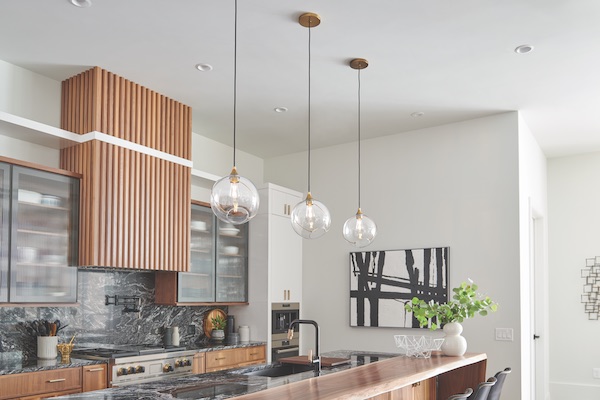
“In the luxury segment, integrated LED stands out technology-wise,” Marshall says. “Because the LED components are small and can be installed in bending strips, lighting designers are getting more creative, and LED fixtures are becoming more sculptural than they have been before. This once unstable light source is becoming a heavyweight in the luxury segment. The industry is now experiencing light and sculpture intertwining.”
Eurofase’s Zitoli agrees. “The LED diodes have gotten so much smaller but with the same light output, so you can be discreet as to where the element is and how it lights up the piece. The light source can actually disappear into the fixture,” he says.
In addition, the capabilities of LED today make a huge difference as well. Dimmability and a range of color allows LED to adapt in any environment. “It’s a new technology that’s changing by leaps and bounds,” Zitoli continues. “And it’s a more dependable light source.”
With consumers turning to smart home technology as well, LED has proven to be a more versatile option for those who want their lighting integrated with WiFi, voice-activated devices and other smart technologies. “One hundred percent, smart home is coming into play,” Zitoli says. “You can integrate the components into the drivers because of LED if you are incorporating a smart home system into the house. It’s compatible with any smart home out there, and driver manufacturers have made it very easy to integrate.”
High Design
Of course, luxury in any arena still means high design, even if that design is more streamlined. From European influences to a functional art focus, new technologies that allow for design flexibility also offer up the opportunity to take design inspiration from more sources than traditional lighting has been able to in the past. What design influences are lighting designers and manufacturers embracing to connect with today’s consumers?
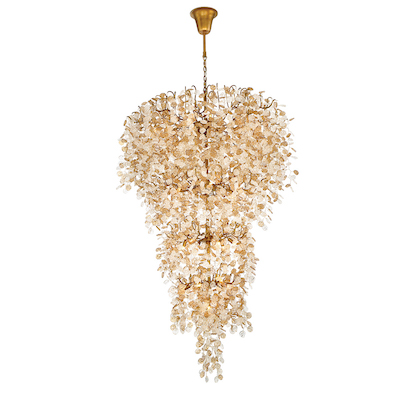
According to Eurofase’s Zitoli, those influences can be drawn from just about anywhere. “We look in other industries — appliances and jewelry for example.” For one of the lighting manufacturer’s new luxury collections, Campobasso, the inspiration was a coin-size piece of glass. The pieces were connected in a grapevine effect with brass holding it together. “We had the flexibility of bending that into shapes that mirrored a necklace.”
“All of our design collaborations, from Martyn Lawrence Bullard to Mark D. Sikes to Kelly Behun, have added a new twist to our classic assortments,” adds Hudson Valley’s Marshall. “Working with these designers and making their ideas a reality is always so exciting. They have new ideas on shapes and materials, and bring their interior design backgrounds to lighting, creating pieces that are truly usable works of art.”
Ooh, Shiny!
From the bling of crystal chandeliers to today’s more modern artistic luxury lighting, one element that hasn’t changed is the shine factor. Whatever the level of simplicity, a lustrous finish adds to the sophistication of a lighting fixture designed to wow in that upper tier. Soft and warm golds and brass finishes continue as top-tier trends in lighting finishes, often paving the way for similar metallic finishes in kitchen hardware and beyond. “Soft gold will still be the frontrunner in a vintage finish when it’s done well,” says Zitoli.
But silver, in its many forms, continues as a staple in lighting design as well. Polished nickel has always been a bestseller for Hudson Valley, says Marshall, while polished chrome continues at the top of the sales chart for Eurofase.
However, black finishes and those soft golds run a close second and third in luxury lighting design. Marshall adds that mixed metals and “finishes like black and white” perform well too. Beyond the “color” of the metal, finishes from polished to satin to matte (black) are also on trend across the luxury lighting spectrum depending on use and a home’s design style.
As lighting diversity continues to expand, more natural materials, such as rattan, are finding their way into luxury lighting. “We’re exploring new materials and finishes and always have our eye on the future and where trends are heading while still maintaining a classic and traditional sensibility,” says Hudson Valley’s Marshall. “We love the use of natural materials like rattan and look forward to incorporating more of that into our lines. In the same breath, we’re still finding creative ways to use classic finishes such as nickel, brass and bronze.”
While simpler, sophisticated design appears to be on trend today for luxury lighting, what’s more important is offering a range of designs that capture the imagination of the luxury consumer, who wants something that reflects her style more than any particular finish or configuration.



